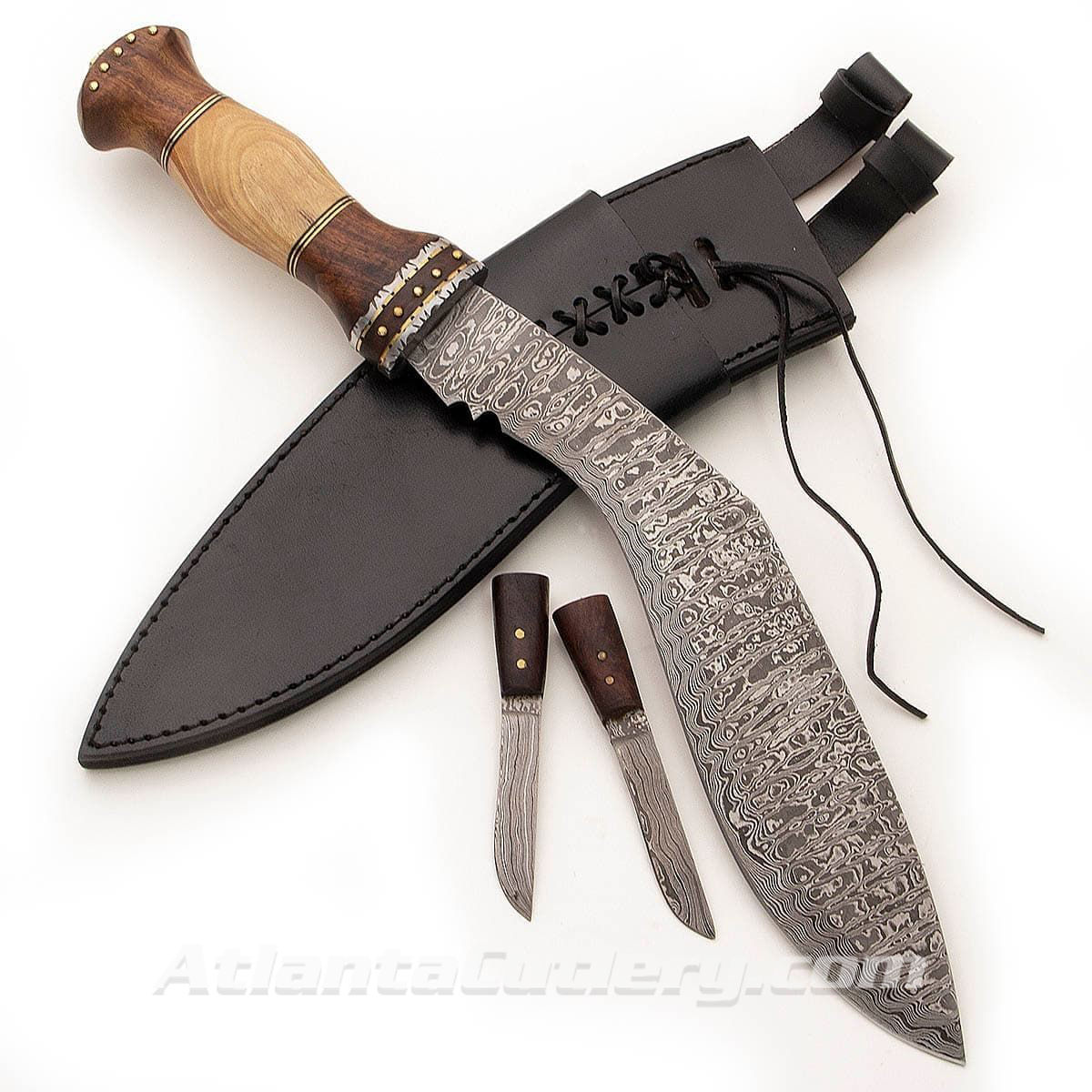Kukris – History and Legend
20th Mar 2017
The Bowie Knife. The Stiletto. The Machete. The Scimitar. These are the names of four of the most celebrated knives/swords in history. The Kukri, the national knife of Nepal, deserves a place in that pantheon. The earliest record of the Kukri (pronounced “Khukuri” in Nepal) dates back to 1627 but the tool really only came into prominence during the Anglo-Nepal War in 1814 when the untrained Gurkhas armed with unique looking blades gave the most powerful empire of the time all it could handle.

Since then, the British and the Gurkhas have fought side by side, including during World Wars I& II. The Gurkhas were also famously part of the British Task Force which took back the Falklands from Argentina in 1982. The effectiveness of the Kukri is best illustrated in one unconfirmed but popular story regarding that war. As propaganda, pictures were published and circulated of Gurkhas sharpening their weapons, a move designed to unnerve the Argentine conscript soldiers. It is said the latter promptly surrendered the area.
Traditionally, the Gurkha Kukri is fashioned by the Nepalese “Kami” clan of blacksmiths. Since it is compact in size, less metal is used to make a Kukri than a conventional sword. The knife averages about 14–16 inches in length comprising a steel blade and a wooden, metal or bone curved handle. The Kukri also exhibits a distinct notch at the start of the blade (see Image). One unverified theory is that it prevents blood from flowing to the handle. Also, it is shaped like the hoof of a cow which is considered holy and worshipped by the Nepalese.
So, how did the Kukri get its distinctive curved shape? There are theories aplenty. Some believe that the knife descended from the Greek Kopis. Others liken it to the Macedonian sword carried by Alexander’s troops in the 4th century BC. Another theory suggests that the build is similar to old Japanese swords.
You can check out our wide range of Kukris here.


 Gift Cards
Gift Cards